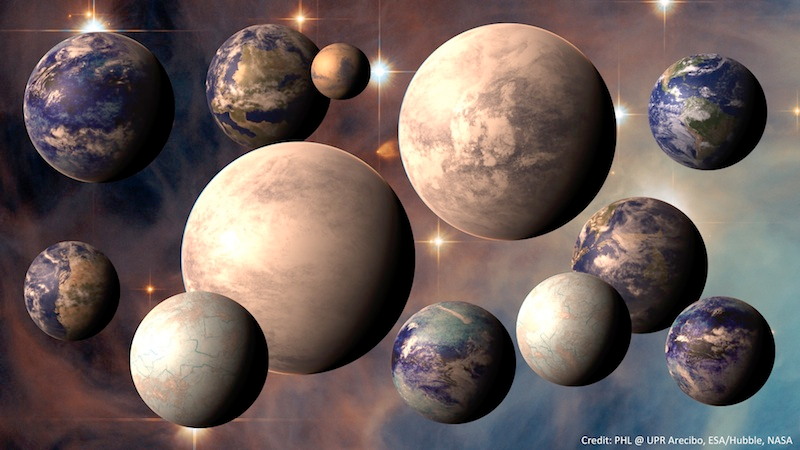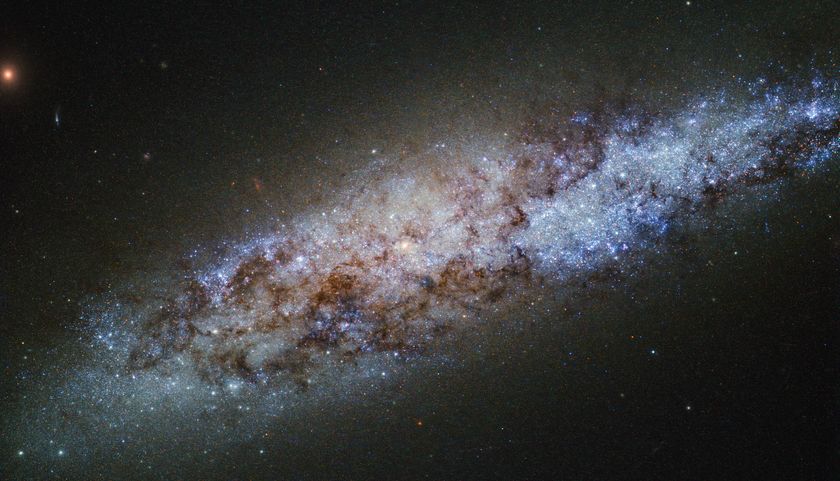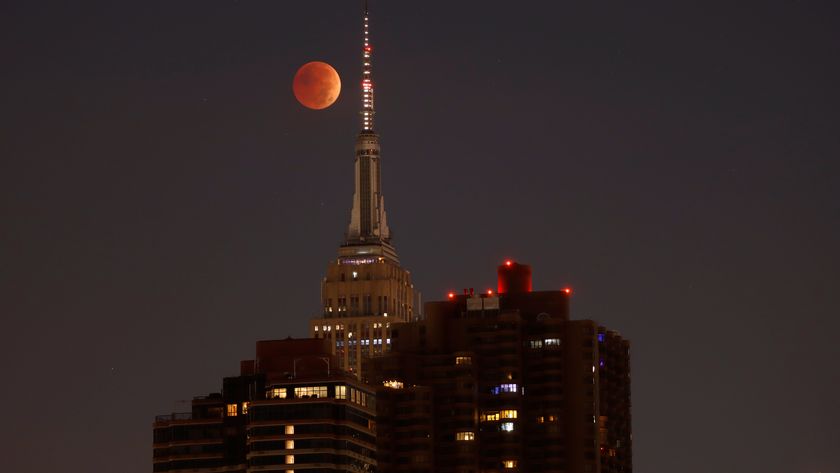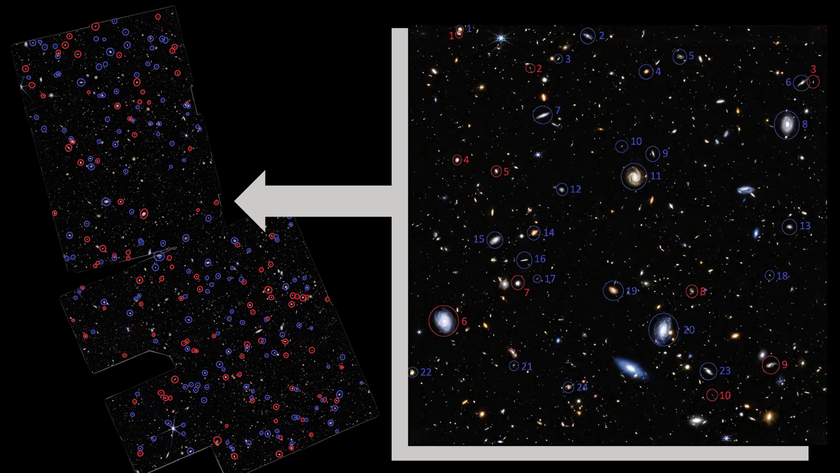100 Billion Alien Planets Fill Our Milky Way Galaxy: Study

Our Milky Way galaxy is home to at least 100 billion alien planets, and possibly many more, a new study suggests.
"It's a staggering number, if you think about it," lead author Jonathan Swift, of Caltech in Pasadena, said in a statement. "Basically there's one of these planets per star."
Swift and his colleagues arrived at their estimate after studying a five-planet system called Kepler-32, which lies about 915 light-years from Earth. The five worlds were detected by NASA's Kepler Space Telescope, which flags the tiny brightness dips caused when exoplanets cross their star's face from the instrument's perspective.
The Kepler-32 planets orbit an M dwarf, a type of star that is smaller and cooler than our sun. M dwarfs are the most common star in the Milky Way, accouting for about 75 percent of the galaxy's 100 billion or so stars, researchers said.
Further, the five Kepler-32 worlds are similar in size to Earth and orbit quite close to their parent star, making them typical of the planets Kepler has spotted around other M dwarfs. So the Kepler-32 system should be representative of many of the galaxy's planets, scientists said. [The Strangest Alien Planets (Gallery)]
"I usually try not to call things 'Rosetta stones,' but this is as close to a Rosetta stone as anything I've seen," said co-author John Johnson, also of Caltech. "It's like unlocking a language that we're trying to understand — the language of planet formation."
Kepler can detect planetary systems only if they're oriented edge-on to the telescope; otherwise, the instrument won't observe any star-dimming planetary transits. So the researchers calculated the odds that an M-dwarf system in the Milky Way would have this orientation, then combined that with the number of such systems Kepler is able to detect to come up with their estimate of 100 billion exoplanets.
Get the Space.com Newsletter
Breaking space news, the latest updates on rocket launches, skywatching events and more!
The team considered only planets orbiting close to M dwarfs; their analysis didn't include outer planets in M-dwarf systems, or any worlds circling other types of stars. So the galaxy may actually harbor many more planets than the conservative estimate implies — perhaps 200 billion, or about two per star, Swift said.
The new analysis confirms three of the five Kepler-32 planets (the other two had been confirmed previously). The Kepler-32 worlds have diameters ranging from 0.8 to 2.7 times that of Earth, and all of them orbit within 10 million miles (16 million kilometers) of their star. For comparison, Earth circles the sun at an average distance of 93 million miles (150 million km).

The new analysis also suggests that the Kepler-32 planets originally formed farther away from the star and then migrated closer in over time, researchers said.
Several pieces of evidence point toward this conclusion. For example, the team estimated that the five Kepler-32 worlds coalesced from material containing about as much mass as three Jupiters. But models suggest that this much gas and dust cannot be squeezed into the small area circumscribed by the planets' current orbits, researchers said.
"You look in detail at the architecture of this very special planetary system, and you're forced into saying these planets formed farther out and moved in," Johnson said.
The new study was published today (Jan. 2) in The Astrophysical Journal.
Follow SPACE.com on Twitter @Spacedotcom. We're also on Facebook & Google+.
Join our Space Forums to keep talking space on the latest missions, night sky and more! And if you have a news tip, correction or comment, let us know at: community@space.com.

Space.com is the premier source of space exploration, innovation and astronomy news, chronicling (and celebrating) humanity's ongoing expansion across the final frontier. Originally founded in 1999, Space.com is, and always has been, the passion of writers and editors who are space fans and also trained journalists. Our current news team consists of Editor-in-Chief Tariq Malik; Editor Hanneke Weitering, Senior Space Writer Mike Wall; Senior Writer Meghan Bartels; Senior Writer Chelsea Gohd, Senior Writer Tereza Pultarova and Staff Writer Alexander Cox, focusing on e-commerce. Senior Producer Steve Spaleta oversees our space videos, with Diana Whitcroft as our Social Media Editor.











